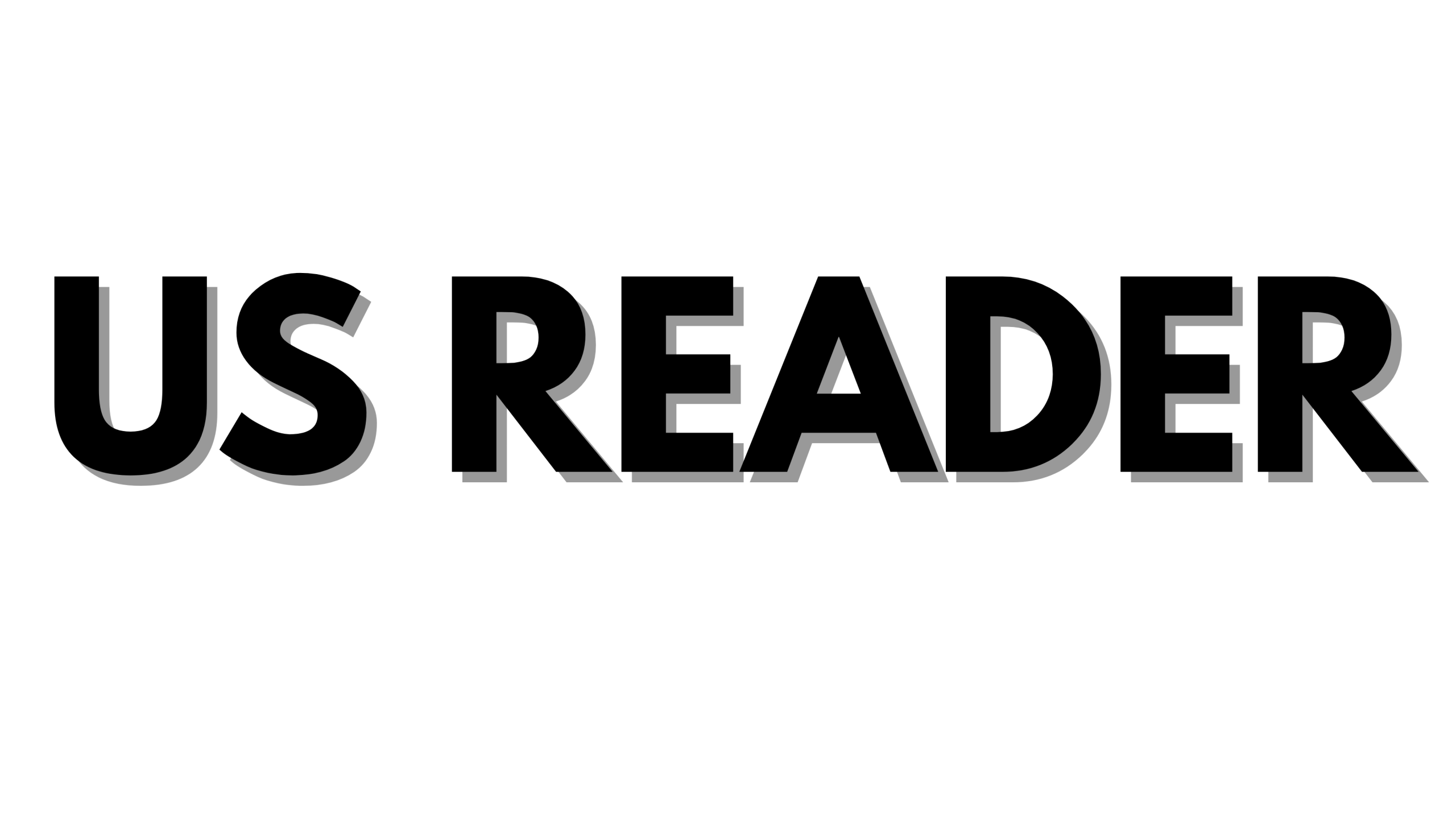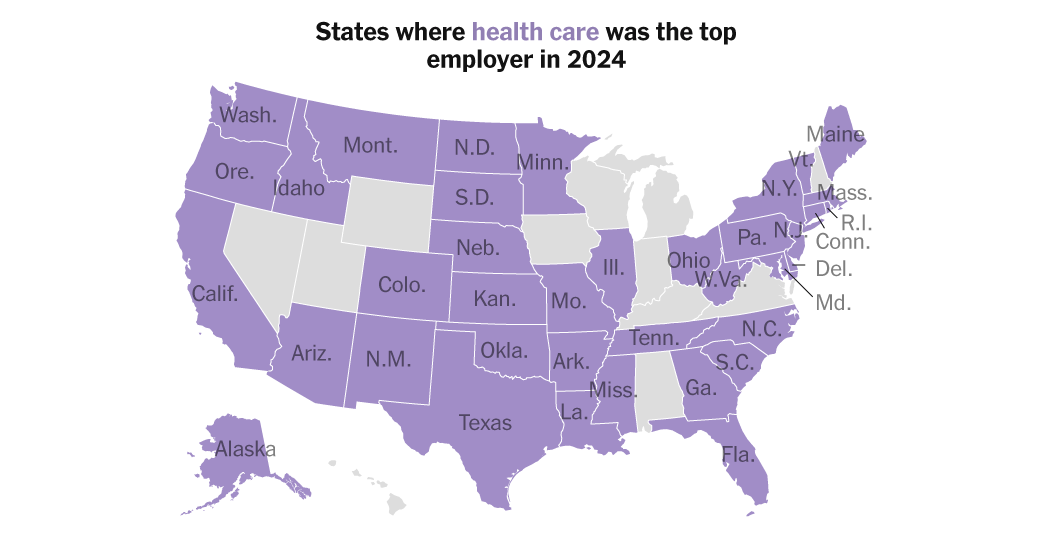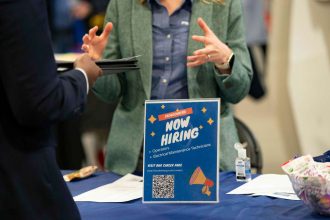The U.S. labor market has seen a significant shift in recent years, as jobs in manufacturing have diminished, giving way to robust growth in the health care sector. Over the past year alone, health care has accounted for approximately one-third of all new jobs, while other industries such as retail and manufacturing have remained largely stagnant.
Health care has become the largest employer in the nation. The workforce, which includes nurses, oncologists, lab technicians, anesthesiologists, and various other health professionals, has steadily increased from 9 percent of the total workforce in 2000 to 13 percent today. This growth is expected to continue as the population ages and the demand for medical care rises.
However, this expansion may face challenges if Congress passes a proposed tax and spending bill put forward by Republicans. The Senate version is projected to reduce Medicaid funding by approximately $1 trillion over the next decade, impacting about one-sixth of total health care expenditures. An estimated $82 billion would also be drawn from other health care programs, including Medicare and ACA subsidies.
Brad Hershbein, a senior economist at the W.E. Upjohn Institute for Employment Research, warned, “It’s going to put strain on the continued operations of quite a few health care providers.” Clinics and hospitals in low-income areas are expected to feel the most strain, despite a provision in the bill to allocate $50 billion for rural hospital relief, which will not fully offset the expected Medicaid cuts. Dr. Hershbein noted that academic medical centers are also likely to struggle due to declines in research funding, stating, “Normally, they’re very resilient to various shocks, but this one is going to be different.”
As factory jobs—long viewed as a stable employment source for individuals without advanced degrees—decline, health care is stepping in to provide similar stability. Health care positions have experienced average wage growth outpacing that of many non-health care jobs. Notably, middle-skilled roles like nursing and physician’s assistants are seeing significant pay increases, while doctors’ salaries have grown more moderately.
Joshua Gottlieb, an economist at the University of Chicago, explained, “It’s not like the economy just accepts, ‘Oh, I guess we won’t have enough doctors.’ New jobs are created.”
Three major factors are driving the rise in health care employment. Firstly, increased access to care has reduced the uninsured rate from 14 percent in 2000 to 8 percent in 2023, largely due to the Affordable Care Act, which facilitated Medicaid expansion and employer-sponsored coverage. Secondly, those with health insurance are utilizing more services, as chronic conditions and an aging population demand greater care. Finally, as Americans have gained wealth and spent less on other goods due to globalization and mechanization, spending on health care has outpaced expenses on groceries and housing.
Health care jobs are now predominant in 38 states, with the industry emerging as a crucial economic driver in regions like Cleveland and Pittsburgh formerly reliant on manufacturing. Furthermore, U.S. health care services are also exported, as international patients seek specialized treatment and foreign students attend American medical schools.
Despite the historic importance of manufacturing, health care is catching up in the global landscape. While health care spending exceeds goods production in the U.S., several nations, particularly in northern Europe and Japan, report even higher shares of their workforce in medical fields.
The COVID-19 pandemic accelerated the hiring of health care professionals, as many left the field due to exhaustion and demanding conditions. Employment in the sector still has not fully rebounded to pre-pandemic levels, and vacancies continue to be higher than in other industries. Nursing schools are working hard to produce new graduates to fill these gaps.
Robert Rosseter, chief communications officer for the American Association of Colleges of Nursing, remarked,
There’s really not been a year where it’s like, ‘We’re good, we have all the nurses we need.’
At the same time, new demands have emerged in health care, especially with the rise of virtual counseling and enhanced mental health support, creating increased job opportunities for therapists and counselors. Jon Guidi, CEO of HealthCare Recruiters International, stated that while some shortages have eased, areas related to behavioral health remain “massively underserved,” leading to significant wage pressure in that sector.
Despite the growth, uncertainty looms over health care employment. Proposed cuts to federal health spending could mean that by 2034, approximately 17 million people may lack health insurance. While uninsured individuals often need more emergency care, it remains unclear how those costs will be managed elsewhere. Other potential cuts could affect federal funding for medical education and research, which may further restrict the supply of trained health workers.
Technology is also playing a role in making health care more efficient, as many procedures are moving to outpatient settings and new medications are reducing the prevalence of obesity-related conditions. Furthermore, administrative tasks within health care are increasingly susceptible to automation through artificial intelligence.
However, David Cutler, a health care economist at Harvard University, cautioned against viewing health care as merely a jobs program. He emphasizes the rising costs associated with health care and the importance of reallocating resources to other economic sectors when feasible, saying, “Any person who’s employed in health care who we don’t need to be employed in health care, that’s a waste. That’s money in health care that costs people money when they’re sick, and that’s a person who could be doing a job somewhere else.”












